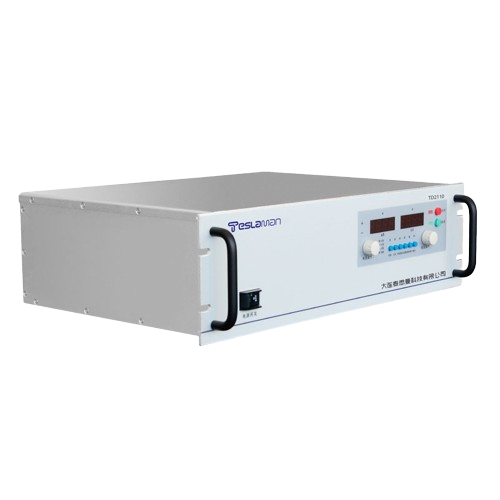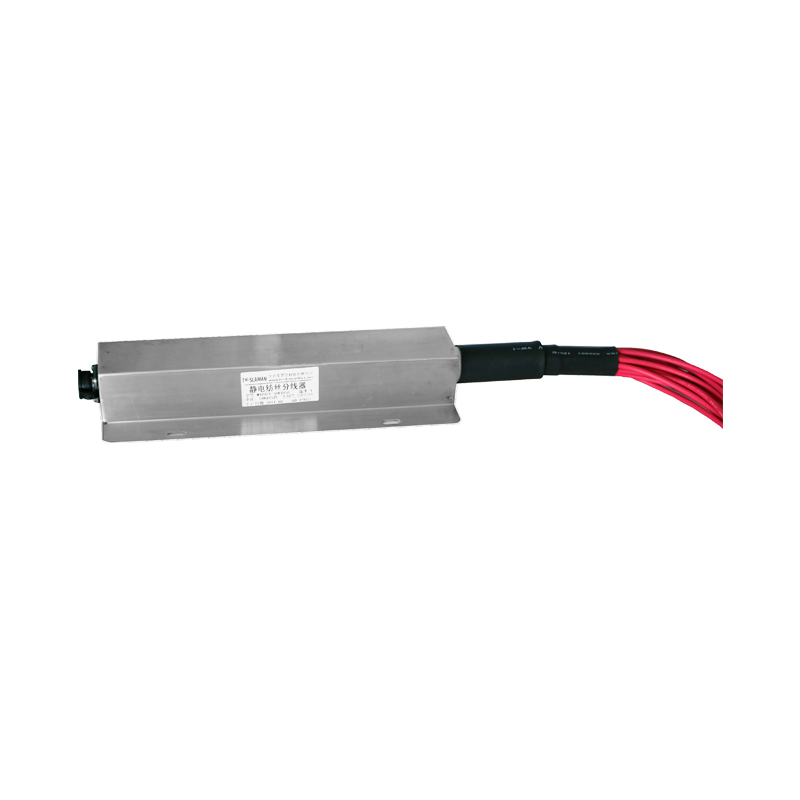Application and Challenges of High-Voltage Power Supplies in Radiation Detection
In modern science, technology, and industrial practices, radiation detection technology is widely applied in various fields, including nuclear physics research, non-destructive testing, and medical imaging. As a core component of radiation detectors, high-voltage power supplies play a crucial role in signal generation, amplification, and detection by providing stable operating voltages. However, with the continuous increase in detection requirements, high-voltage power supplies face numerous technical challenges in practical applications.
1. Application Principles of High-Voltage Power Supplies in Radiation Detection
The operation of radiation detectors is based on electrical signals generated by the interaction between radiation and matter, and high-voltage power supplies provide the necessary electric fields and energy for this process. Take gas detectors as an example. When radiation enters the gas medium inside the detector, it ionizes gas molecules, generating electron-ion pairs. Under the strong electric field produced by the high-voltage power supply, electrons and ions drift towards the anode and cathode, respectively, forming detectable current or voltage signals. By precisely adjusting the output voltage of the high-voltage power supply, the degree of gas ionization and the electron migration speed can be controlled, optimizing the sensitivity and resolution of the detector.
Semiconductor detectors also rely on high-voltage power supplies to maintain their operating state. In semiconductor detectors, a high-voltage power supply applies a reverse bias across the semiconductor material, creating a depletion layer. When radiation enters, electron-hole pairs are generated within the depletion layer. These charge carriers are collected and converted into electrical signals under the action of the electric field. The stability of the high-voltage power supply directly affects the width of the depletion layer and the electric field strength, thereby determining the detector's measurement accuracy for radiation energy and position.
2. Typical Application Scenarios
In nuclear physics experiments, highly accurate radiation detection is essential. High-voltage power supplies power complex detectors such as large-area multi-wire proportional chambers and time projection chambers, which require stable voltages of several thousand volts to maintain gas ionization and signal transmission. Through fine-tuning of the high-voltage power supply's output voltage, researchers can optimize the gas gain of the detector, enabling high-precision reconstruction of charged particle tracks and providing critical data for studying fundamental particle interactions.
In the field of industrial non-destructive testing, imaging techniques based on radiation detection are widely used for defect detection in materials such as pipelines and castings. Scintillation detectors driven by high-voltage power supplies, combined with photomultiplier tubes (PMTs), can amplify weak radiation signals. In this case, the high-voltage power supply not only needs to provide a sufficiently high voltage to ensure the gain of the PMT but also must have extremely low noise characteristics to avoid interference signals affecting the accuracy of detection results, thereby ensuring the reliability of industrial product quality inspection.
Medical devices such as positron emission tomography (PET) and X-ray computed tomography (CT) also rely on high-voltage power supplies. In PET, high-voltage power supplies provide reverse bias for arrays of avalanche photodiodes (APDs), enabling efficient detection of gamma rays produced by positron annihilation. In CT devices, high-voltage power supplies provide acceleration voltages of tens of thousands of volts for X-ray tubes, generating high-intensity X-ray beams. By adjusting voltage parameters, the energy and intensity of X-rays can be controlled to meet the imaging requirements of different tissues.
3. Challenges and Countermeasures
Despite their important role in radiation detection, high-voltage power supplies face several challenges in application. First, stability is a critical issue. Factors such as environmental temperature changes and power grid fluctuations can cause drift in the output voltage of high-voltage power supplies, affecting detector performance. To address this, high-precision voltage feedback control and temperature compensation techniques are required to ensure long-term stability of the output voltage.
Second, electromagnetic compatibility (EMC) is another significant challenge. Electromagnetic interference generated during the operation of high-voltage power supplies may interfere with the weak signals of detectors, reducing the signal-to-noise ratio. To solve this problem, it is necessary to optimize the power supply topology, adopt shielding and filtering measures to reduce electromagnetic radiation, and enhance the anti-interference ability of detector circuits.
In addition, with the continuous increase in detector size, higher requirements are placed on the power density and integration of high-voltage power supplies. In the future, it is necessary to develop miniaturized and high-efficiency high-voltage power supply modules to meet the power supply needs of multi-channel and large-area detectors while reducing system power consumption and costs.
High-voltage power supplies have an irreplaceable position in the field of radiation detection. Despite the many challenges, with the continuous development of power electronics technology, it is expected that through technological innovation and optimized design, the performance of radiation detection systems can be further improved, promoting continuous progress in related fields.




















